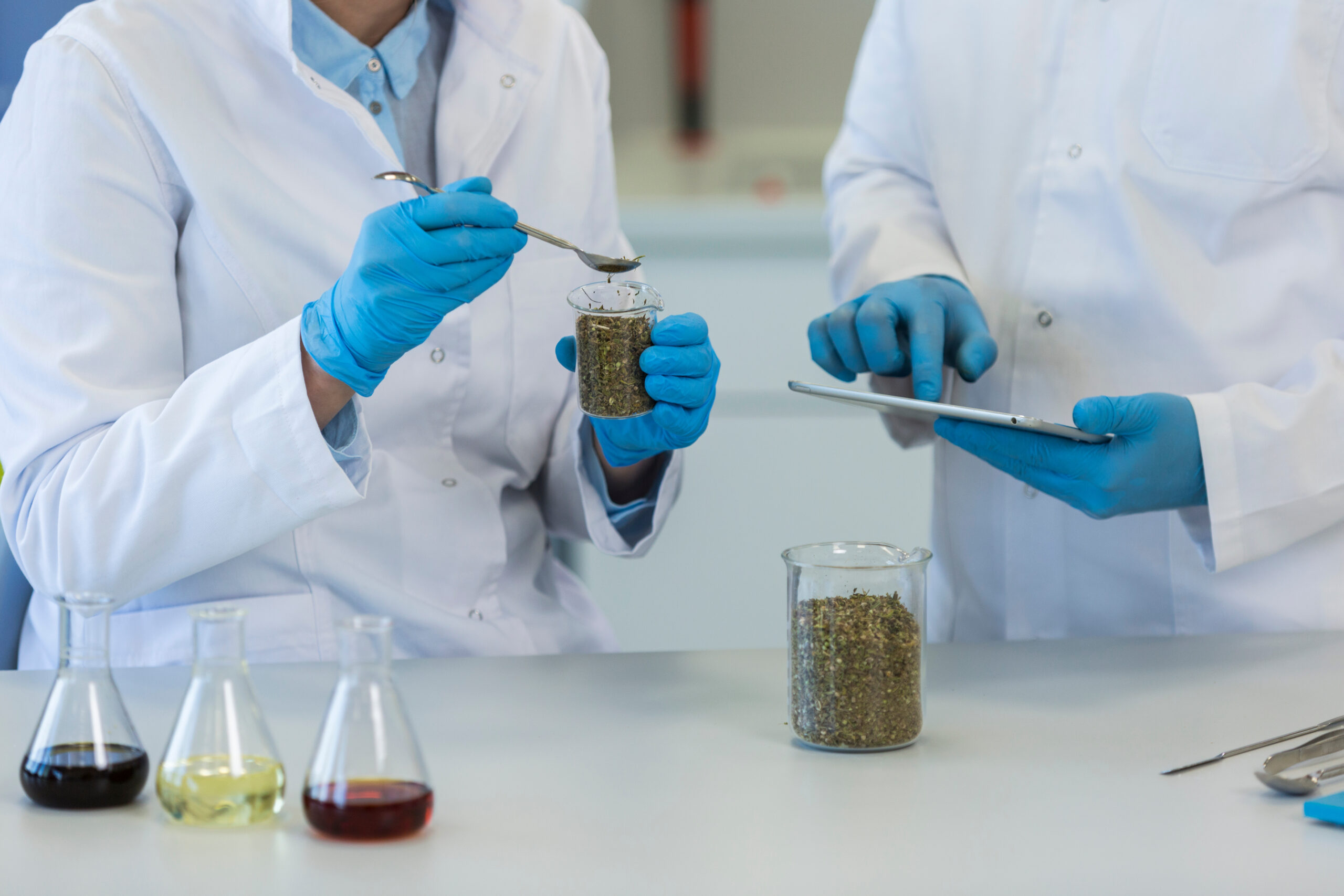
The world of Cannabis is in constant evolution, with the research often struggling to find fundings and therefore struggling to keep up with all the new products on the market in terms of legislation on a global level. Because of this imbalance a lot of aspects, crucial for the consumer’s safety, are not thoroughly explored, such as the impact of the methods of extraction on the chemical profile of extracts. But there are people that are trying to gain some clarity.
Impact of extraction on the chemical profile of cannabis’ extracts: the study
Diving in the research is the Colorado State University in collaboration with Charlotte’s Web Inc, a company specialised in the production of extracts and Cannabis’ by-products.
The study, titled “The impact of extraction protocol on the chemical profile of cannabis extracts from a single cultivar” and available on Scientific Reports is based on a combination of analytical approaches aiming to analyse the entire chemical composition of a single Cannabis cultivar which has been transformed using previously optimised and utilised protocols of extraction. These include alcohol-based solvents, such as ethanol (EtOH) and isopropanol (IPA), cheaper but riskier both during processing and in relation to the organism, and the supercritical carbon dioxide, safer but trickier; this last one, in particular, has been analysed on two variations (S1 and S2) based on different settings of pressure during extraction.
The results of the study
In the study, they were detected and noted, by gas chromatography mass spectrometry (GC-MS), 41 chemical compounds, to which were added, through tandem ultra-performance liquid chromatography mass spectrometry (UPLC-MS/MS), 15 phytocannabinoids. In the end, 24 elements have been quantified through inductively coupled plasma mass spectrometry (ICP-MS).
During the analysis of the main components it was discovered a significant variation in the chemical profiles of the samples based on which method of extraction was used. In particular, of the 41 compounds detected, 33 were significantly different between at least 2 of the extracts, with important variations in terms of long-chain fatty acids, polyols, carbohydrates and sesquiterpenoids, therenoids and diterpenoids.
“The data reveals significant differences which could impact the therapeutic potential of the product”, researchers have explained. “For example, the sitosterol has shown significantly higher levels on S1 and S2 extractions than an IPA and EtOH. This compound has multiple health benefits and is used to potentially prevent and therapy for treating cancer and as an anticholesterolemic medicine. The bisabolol, a compound renowned for its anti-inflammatory and antimicrobial properties, has instead been found in higher levels in IPA and EtOH extracts compared to S1 and S2. The palmitoleic acid, an inhibitor of carboxylesterase, which has anti-inflammatory benefits has revealed higher quantities in IPA, EtOH and S2 extracts. In the end, the campesterol, a plant sterol which can act in preventing cancer, was detected in higher levels in S1 and S2 extract compared to IPA and EtOH ones”.
Also, thanks to the tandem ultra-performance liquid chromatography mass spectrometry (UPLC-MS/MS), 14 of the 15 phytocannabinoids detected were significantly different in terms of quantity in the extracts based on the method of extraction in use.
“In general, there’s a tendency of higher levels of phytocannabinoids (including CBD and △9THC) in EtOH and IPA extracts compared to the fractions of supercritical CO2 (S1 and S2)”, the researchers have added. “A great interruption in this tendency has been observed for the CBDA, which has revealed higher levels in the supercritical CO2 and S1 extracts. This result might be for an incomplete decarboxylation of the CBDA in CBD, achieved by heating dried plant matter before extraction with supercritical CO2. In opposition to the process used with EtOH and IPA extraction, in which the decarboxylation has been executed in the liquid phase after extraction”.
In addition to the differences in the main phytocannabinoids, other significant variations have been found in different minor phytocannabinoids: CBC, for example, is significantly in higher quantities in the IPA and EtOH fractions than in S1; CBT, instead, has shown the major variation, with higher presence in EtOH and IPA than in S1 and S2.
According to researchers, the end results of this study have provided the basis to evaluate the impact of the method of extraction on the chemical variations in full spectrum consumer’s products and represents therefore an important step towards the standardisation of the sector.

